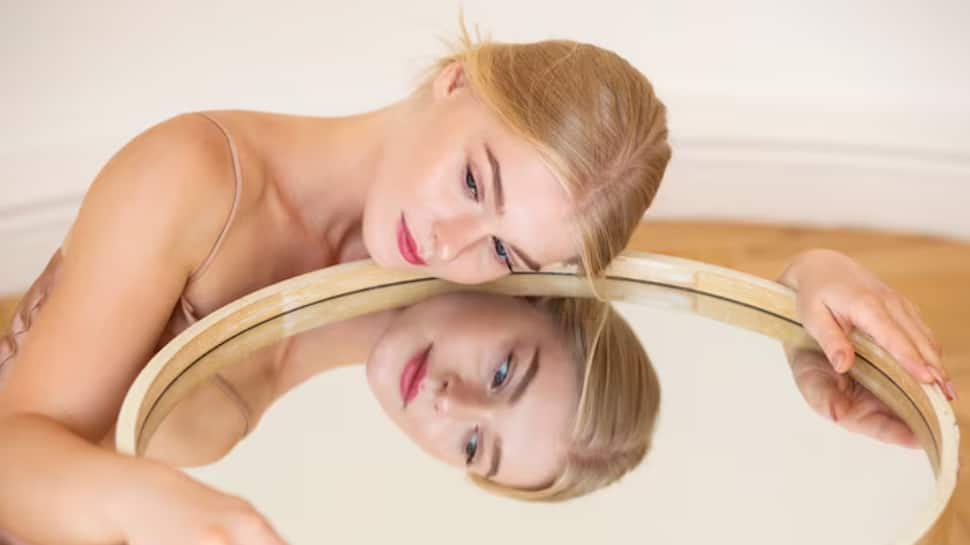Every time teenagers open social media, they see a stream of perfect faces, smooth skin, glowing complexions, and camera angles that seem to erase every flaw. What they often don’t realise is that most of these images aren’t real. They’re filtered, edited, or enhanced to the point that even the people in them might not recognise themselves.
And then they start to aspire for that perfection. When not attained, the depression seeps in.
What is the way out?
Dr Rajat Gupta, a board-certified plastic surgeon based in New Delhi, shares, “Teens today don’t just want healthy skin. They want skin that looks camera-ready all the time, something no one naturally has.”
When Skin Health Takes a Backseat
Many false beauty ideals are being pushed online, owing to which many teenagers opt for undoable, hazardous and complex skincare routines filled with acids, retinoids, and so-called miracle serums they discover on social media. Very few of them understand what these ingredients actually do, or how harmful they can be when combined.
The result of these experiments is often irritated, inflamed skin and a damaged natural barrier. Instead of the glow they were promised, they end up with breakouts, acne and sensitivity that take months to repair. The irony is that the desire for “instant results” usually does more harm than good.
Many viral routines also skip the basics, such as sunscreen. Without protection, all that effort falls flat, leaving skin stressed and uneven. What teens chase online as “glass skin” often turns out to be a recipe for disaster in real life.
The Self-Esteem Struggle and the Pressure to Look Perfect
Adolescence is already a delicate time for confidence. Social media makes it even harder. Teenagers scroll through endless filtered 15-second reels made by people who seem to always look perfect, happy, and successful. Teens are also often looking for quick results, so they resort to methods that promise quick results, while a proper surgical remedy may take time.
Over time, these constant and rapid aspirations, along with unnatural comparisons, distort the way they feel about themselves.
Studies have repeatedly shown a link between heavy social media use and low body confidence. Some teens even avoid being photographed altogether because they feel they don’t measure up.
The line, “I just want to look good in pictures,” sounds harmless. But underneath, it reveals something deeper, the quiet pressure to meet impossible, filtered standards.
The Gap Between Reality and Filtered (Perfect) Appearance
Dr Gupta says, “We all just need to remember that skin has pores, marks, and texture. That’s what makes it real. Filters erase all of that, creating an illusion that becomes the new foundation for beauty.”
Additionally, teenagers want to have certain defined types of looks represented on social media. For example, they may want a certain kind of nose, eyes, or lips, which may or may not suit their overall facial structure, making them appear unpleasant and unnatural.
This is demonstrated by the model faces seen on social media feeds today, which have similar facial structures and shapes, and look highly artificial.
While cosmetic surgeries can help achieve a better appearance, a discerning plastic or cosmetic surgeon will always strive to create a natural facial contour, rather than one that is over-the-top and overly influenced by social media trends.
As these fake images dominate feeds, the distinction between what’s authentic and what’s edited becomes increasingly blurred. More teenagers are starting to consider cosmetic fixes for issues that aren’t actually problems. It’s not vanity, it’s utter confusion. They’re trying to match something that doesn’t exist outside a screen.
How Can You Help Your Teens Stay Unaffected?
1. Talk About It: Honest conversations go a long way. Explain how filters and editing tools work, and why no one looks that way naturally.
2. Keep Skincare Simple: A mild cleanser, moisturiser, and sunscreen are usually all they need.
3. Set Screen Limits: Taking breaks from social media helps restore perspective and reminds teens of what’s real.
4. Highlight Real Beauty: Encourage them to celebrate unfiltered faces, freckles, scars, texture, and all the quirks that make them unique.
Quitting is Not The Solution, Sensible Use Is
Teenagers don’t need to quit social media. They just need to understand what they’re seeing. Most of what scrolls past their screens is edited and curated, not real life.
When they start recognising that difference, they protect not just their skin, but their sense of self. Because true beauty isn’t about filters or flawless photos, it’s about feeling comfortable and confident in your own, perfectly imperfect skin.

